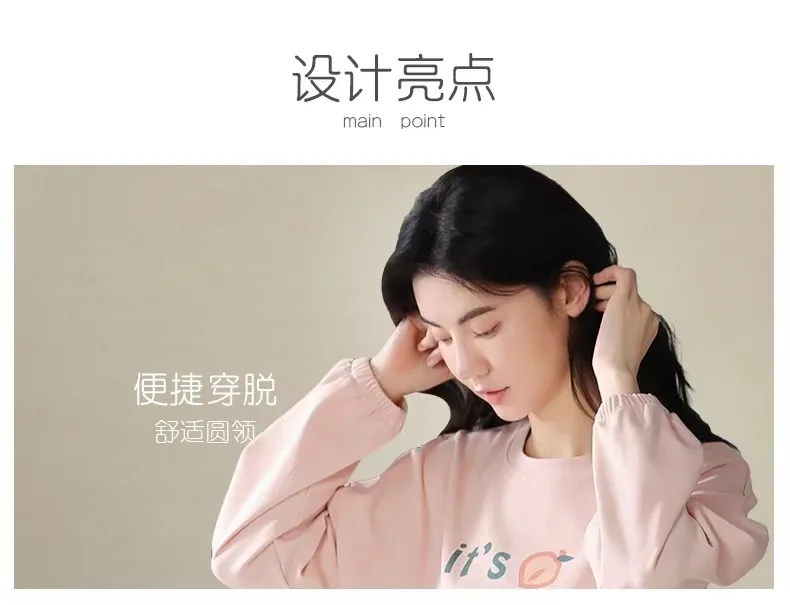Tarot cards serve as a window into the subconscious, providing insights that can guide us through life’s labyrinthine paths. Each card is imbued with its own unique symbolism, evoking a tapestry of metaphors that can resonate with personal experiences. This article delves into the meanings of the cards, unveiling the simple yet profound interpretations that can empower individuals to navigate their journeys with clarity and purpose.
At the heart of a tarot deck lies the Major Arcana, a collection of 22 cards that capture the essence of life’s archetypal themes. These cards depict monumental shifts and pivotal lessons. The Fool, numbered 0, symbolizes new beginnings, embodying a spirit of adventure and a willingness to embrace the unknown. Much like a traveler embarking on a journey, the Fool invites us to explore our potential without the weight of preconceived limitations.
Conversely, The Magician, numbered I, represents manifestation and the ability to harness one’s willpower to create reality. This card embodies the principle that we wield the power to transform our environment, using our inherent resources. The Magician’s fervor and ingenuity exemplify the potential for alchemy within our lives, transforming the mundane into the extraordinary.
The High Priestess, numbered II, introduces a realm of intuition and inner knowing. She serves as a reminder that not all truths are visible; some exist within the depths of our subconscious. The pillar of wisdom she stands before symbolizes the duality of our existence—those realms we control and those that remain elusive. Her message is clear: trust in your instincts, for they often speak volumes beyond the surface.
As we transition from the sacred archetypes of the Major Arcana, we encounter the Minor Arcana, which consists of four suits: Cups, Swords, Pentacles, and Wands. Each suit encapsulates different facets of human experience. The Cups, for instance, delve into emotional landscapes and relationships. Here, the Ace of Cups heralds the blossoming of new emotional connections, affection, and creativity. It’s akin to the first glimmer of dawn, where hope emerges from the darkness.
In stark contrast, the Swords delve into the realm of thoughts, conflict, and intellectual pursuits. The enigmatic Seven of Swords often suggests deception or the need for strategic thinking. Much like a chess match, it reflects the complexities of human interaction, calling attention to the need for discernment and vigilance in our choices.
Moving forward, the Pentacles ground us in the material world, encapsulating issues of security, health, and prosperity. Here, the Six of Pentacles conveys an important message about balance and generosity. It symbolizes the ebb and flow of giving and receiving, urging individuals to evaluate their contributions and the cyclical nature of abundance in life.
The Wands ignite the spirit of action and ambition. The Three of Wands embodies the essence of foresight and preparation, highlighting the power of envisioning one’s future. It propels us to stand at the edge of our dreams, gazing into the horizon where opportunity may lie, reminding us that vigilance and perseverance are imperative.
Each card, while rich in individual meaning, also weaves itself into a larger narrative influenced by its position within a spread. The interplay between cards can create a dialogue that reveals deeper layers of understanding. For instance, a card signifying loss juxtaposed next to one representing hope may illuminate the duality of despair and resilience—an invitation to navigate through sorrow towards eventual healing.
Moreover, the significance of the cards can vary substantially based on context and intuition. The same card drawn in different readings may invoke different interpretations. This dynamic nature of tarot emphasizes the need for mindfulness and personal resonance, suggesting that the cards act as an extension of one’s personal narrative rather than a prescriptive answer.
Notably, the act of shuffling and selecting cards becomes a ritual—a pause in the flux of daily life encouraging contemplation. This sacred space allows for introspection, mirroring the act of journaling or meditative practices that seek to align mind and spirit. It’s as if each card drawn is a mirror reflecting one’s inner universe, revealing truths that lay dormant beneath the surface chatter of day-to-day existence.
In addition, the environmental and cultural influence on tarot interpretation cannot be overstated. Various traditions lend their own symbolism and nuances to the reading, enriching the practice. A card’s meaning may shift with the cultural lens through which it is viewed, reminding us that understanding is often shaped by perspective.
Ultimately, tarot serves as a bridge between the tangible and intangible—an art form that allows individuals to engage with their life’s narrative through symbols and emotions. Its allure lies not only in its mystical connotations but also in its practical applications for personal development. Navigating the Tarot offers an opportunity to embrace vulnerability, confront fears, and celebrate triumphs, all while fostering a deeper connection to oneself and the universe.
In conclusion, tarot cards encapsulate a myriad of meanings, each inviting exploration and contemplation. They offer a unique blend of reflection and revelation, reinforcing the notion that life is an evolving journey marked by experiences that shape our destiny. Each card is a stroke on the canvas of existence, beckoning us to understand not just the stories they tell, but also those they ignite within us.









Leave a Comment